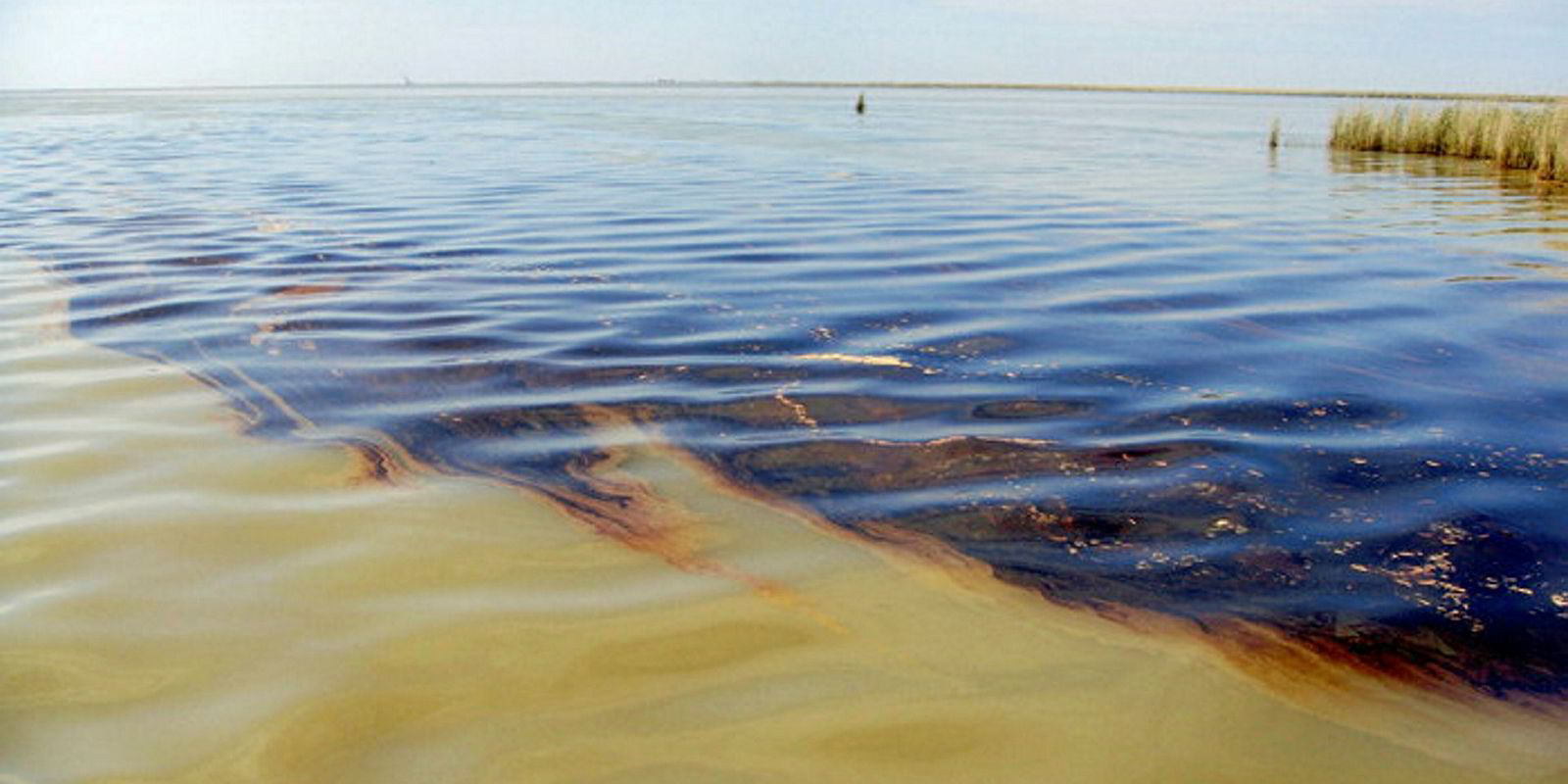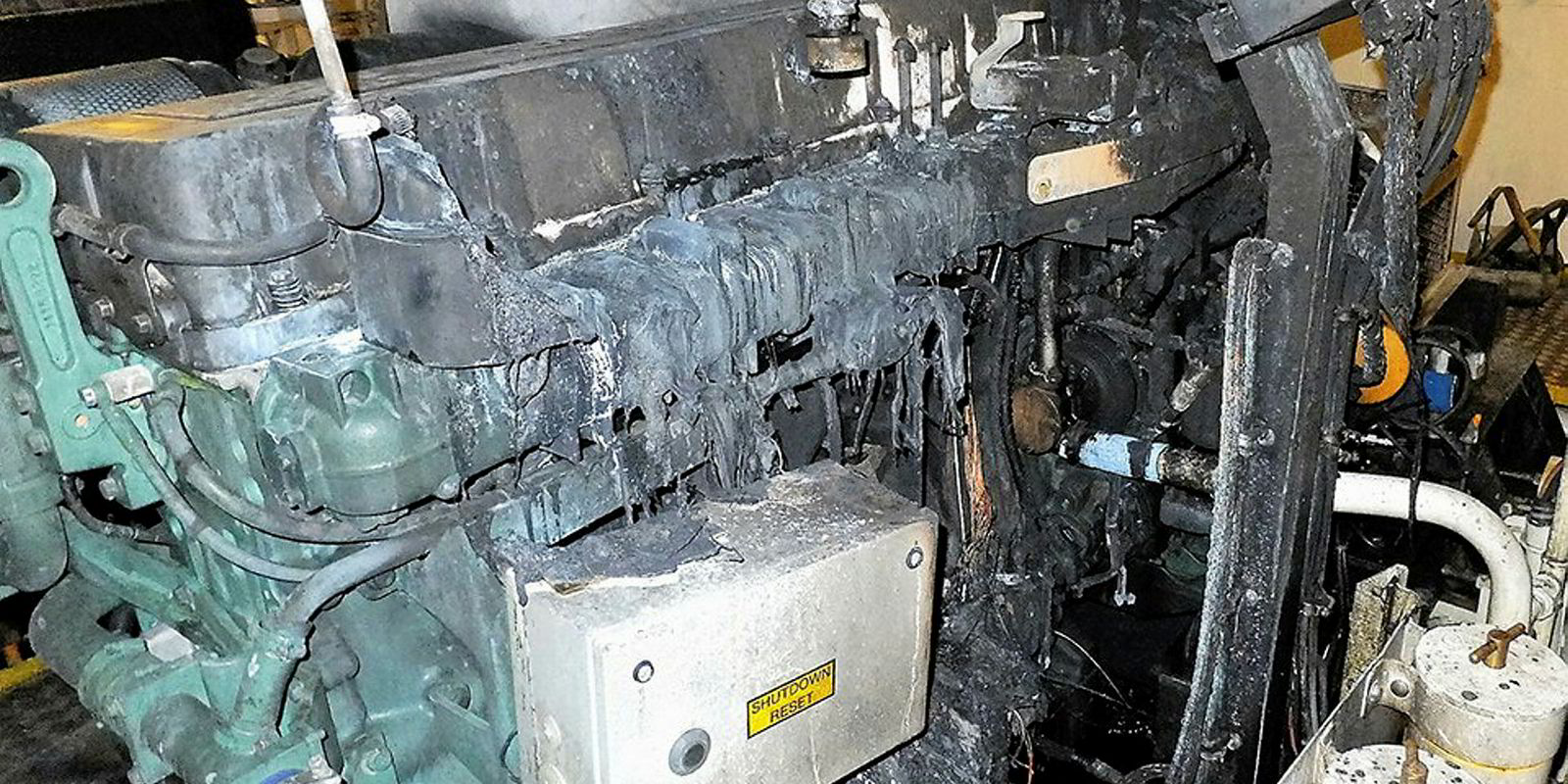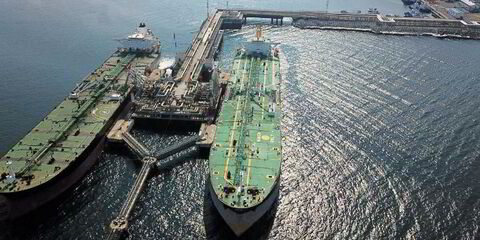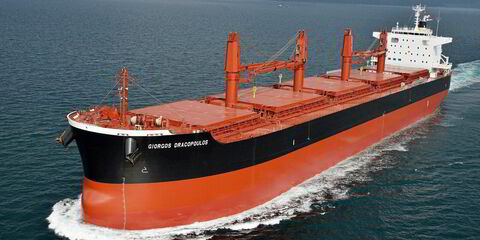A UK accident probe has blamed excessive speed and confusion on the bridge for a serious allision in Jebel Ali involving a CMA CGM boxship last year.
On the morning of 4 May, 2017, the 11,388-teu CMA CGM Centaurus (built 2011) smashed into the side, hitting two shore cranes, while executing a turn under pilotage during its arrival.
The accident resulted in 10 injuries and the collapse of one crane.
The crane narrowly missed an office building, which was structurally damaged as a result of the accident.
A spacer pontoon and 10 quay fenders sustained damage, one mooring bollard was displaced, and several port vehicles were damaged.
Ten port employees sustained injuries as a result of the accident. The most seriously injured sustained a broken arm and a broken leg.
The report comes days after the 10,100-teu CMA CGM Mumbai (built 2018) hit the side head-on at JNPT, Nhava Sheva, in India.
Speed to blame
The MAIB investigation established that CMA CGM Centaurus was going too fast for the intended manoeuvre when the pilot started the turn.
The pilot was aware that the ship might have been travelling a little faster than he would have liked when he initiated the turn, but was content that the ship would be able to complete it, the report said.

The ship’s bridge team were uncertain of the maximum speed required to complete the turn safely and there was no agreed plan for the intended manoeuvre.
The pilot’s performance was focused on efficiency, which influenced his decision to turn the ship into the basin without ensuring that the manoeuvre was conducted at a sufficiently slow speed to enable its safe completion, MAIB added.
The pilot’s decision to turn at high speed was not effectively challenged because the ship’s bridge team lacked the necessary knowledge and experience to be able to confidently intervene and correct the pilot’s action.
MAIB said: "The size of containerships has grown at a rapid pace, yet ports remain largely the same. Margins for error are therefore decreasing.
"It is imperative that pilots and ships’ bridge teams work together and implement the best practices of bridge resource management to ensure the safety of both ships and ports."
Action has been taken by CMA CGM to improve onboard pilotage management throughout its fleet.
And a recommendation has been made to DP World aimed at improving its management of pilotage and berthing operations in respect of large containership movements within the port of Jebel Ali.
"Welcome to Dubai"
The report said that after a pilot and trainee pilot had arrived on the bridge, the pilot ordered full ahead and said “Welcome to Dubai”.
The master then advised the pilot that the ship had a draught of 15.52m and was ‘very heavy’.
The pilot asked the master if the ship was ‘good turning’, to which the master replied: “She is, but maybe she’s heavy”.
As CMA CGM Centaurus was turning to port, it was also setting laterally to starboard towards another boxship secured alongside and discharging containers at Berth 16.
The second officer on the ship’s forecastle reported decreasing closing distances from this vessel and the pilot ordered hard to starboard.
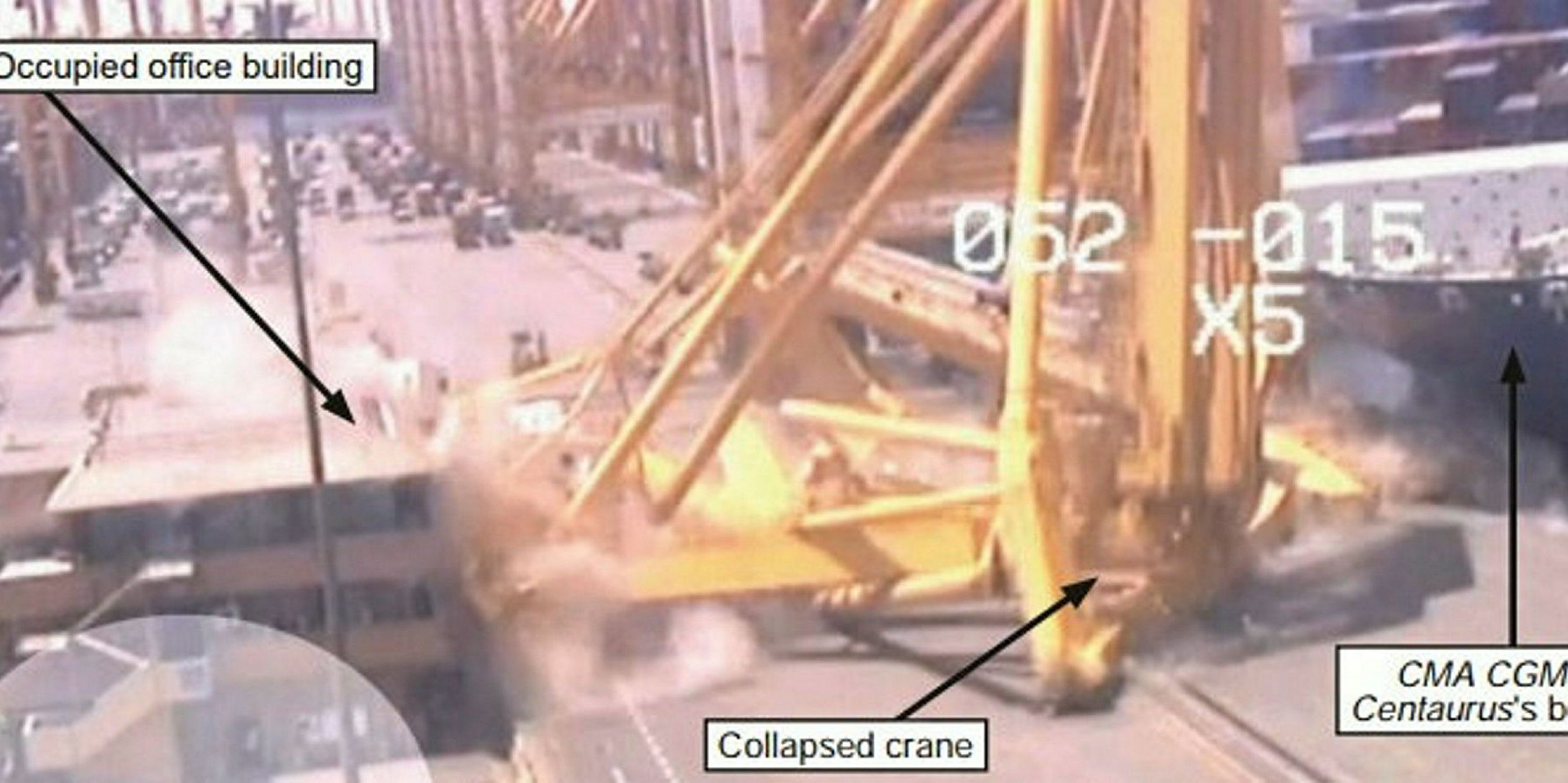
The master stated: “This is no good”. He then called the engine room by telephone, advising of the need to prepare for an emergency manoeuvre.
The pilot ordered ‘amidships’ and, 30 seconds later, ‘hard to starboard’, resulting in CMA CGM Centaurus’s stern clearing the other ship.
The pilot then ordered the port anchor to be dropped, but, recognising that a heavy contact with the quay was imminent, the forecastle crew had already moved aft and so were unable to effect the pilot’s order.
The vessel hit at 5.3 knots.
It then heeled to starboard and struck two shore cranes. One of the cranes immediately collapsed, and several containers fell from the ship onto the quay as a result of the impact.
Crucial errors of judgement
MAIB said the pilot decided to assess for himself how CMA CGM Centaurus turned before deciding how to manoeuvre it into the Terminal 1 basin, but then chose to attempt the turn before he had made that assessment.
"In his desire to make haste, the pilot risked making a faster approach to the turn into the Terminal 1 basin than was necessary. He did not appreciate that the additional speed would prevent the turn being completed successfully," the report said.
"Despite their experience, neither the master nor the chief officer felt able to determine with confidence that the ship was proceeding at too high a speed at the start of the turn to enter the basin safely."
"Both the pilot and the master could have ensured that an appropriate exchange of information took place before CMA CGM Centaurus reached the turn into the Terminal 1 basin, but neither did. It can therefore be concluded that both individuals placed little value on the support that could be provided to the pilot by the bridge team during the ship’s approach to Jebel Ali."
Master failed to intervene
By not actively engaging with the bridge team, the pilot effectively signalled he did not need their assistance, so it is unsurprising that they were not forthcoming with challenges or advice at critical times during the pilotage, MAIB added.
Despite increasing evidence that the required rate of turn was not being achieved and that CMA CGM Centaurus would not complete the turn into the Terminal 1 basin safely, the master did not intervene and take steps to remedy the situation, it said.
CMA CGM Centaurus’s master and chief officer had both attended manned ship model and simulator training specifically tailored for very large containerships.
However, they had not put this training into practice as manoeuvring their ship in confined water, and berthing and un-berthing manoeuvres were normally conducted by the pilot, the report found.
"Many of the factors contributing to this accident can be attributed to a focus on completing acts of pilotage as quickly as possible," MAIB said.
"The priorities set at senior management level have a significant impact on the safety culture of a port, and there is a need to recognise that time-pressure, in the quest for terminal efficiency or financial reward, can have a negative effect."


